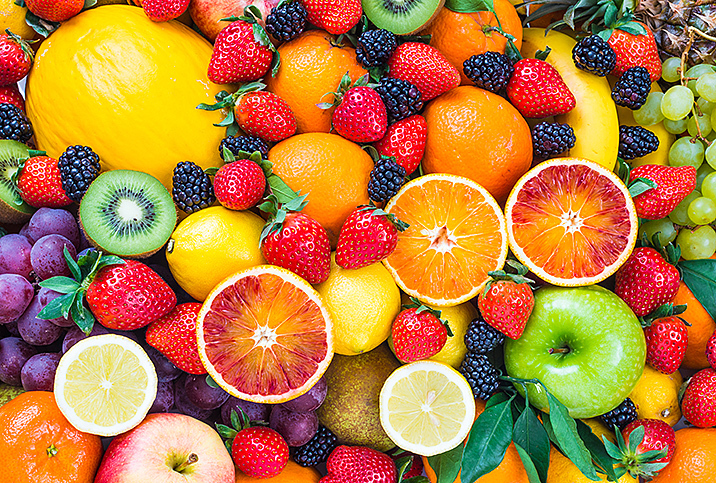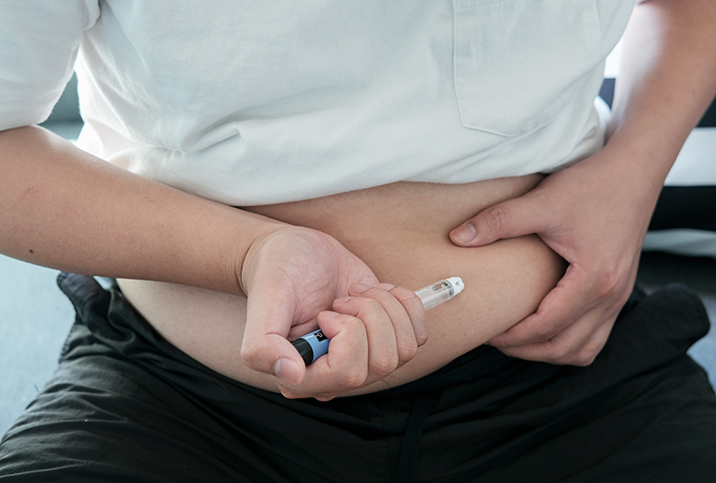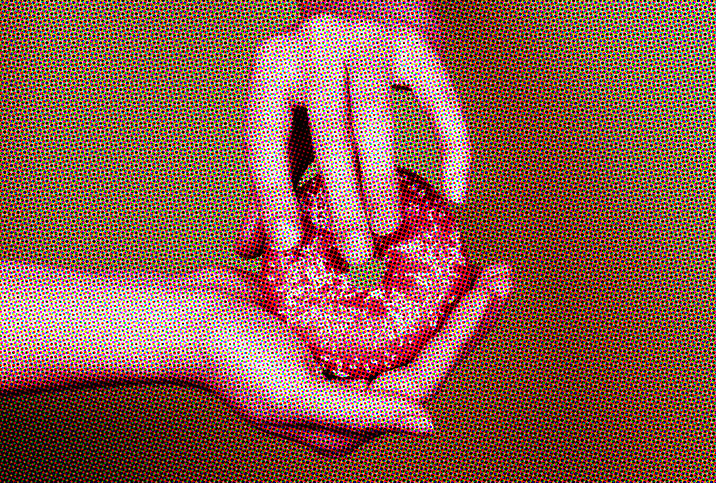To Control Blood Sugar, Watch Out for Sneaky High-Glycemic Foods

Food labels, whether you find them simple or complex, impart a tremendous amount of information. But for people with diabetes, labels don't tell the whole story. Yes, carbohydrate content is important, but there are still gaps in the knowledge a man with diabetes needs. Another part of the equation has to be found elsewhere.
Glycemic index (GI) is a number assigned to food indicating how quickly and how high those foods increase blood glucose. The values are 0 to 100, with 100 being given to pure sugar.
Why is it important to watch out for high-GI foods and regulate your blood sugar? Diet—namely carbohydrates and sugar—plays a huge role in controlling diabetes and keeping your body healthy and functioning normally, advised Lauren Ferrara, a Roseville, California–based registered dietitian and group fitness instructor at VFit Studio.
"Learning what foods, how much and when to eat them can greatly improve your blood sugar levels and prevent future complications," she said.
Diabetes and ED
Men with diabetes are at a much higher risk for erectile dysfunction (ED), primarily due to nerve damage and circulatory issues. Healthy nerves and blood vessels are needed to get and sustain an erection, so it's incumbent upon you to maintain a diet that promotes low blood sugar.
"When blood sugar is poorly controlled, it can cause damage to nerves and blood vessels, causing issues such as ED," Ferrara said.
Jonathan Valdez, the New York–based owner of Genki Nutrition and a media spokesperson for New York State Academy of Nutrition and Dietetics, explained in more detail how diabetes causes ED:
- High sugars reduce the amount of nitric oxide produced by the body. Nitric oxide is responsible for relaxing the muscles and arteries to allow blood flow into the penis.
- High sugars cause damage to the nerves in the penis responsible for controlling the erection.
"Men with type 2 diabetes tend to get ED much sooner than men without diabetes," Ferrara said. "Keeping blood sugar in check through diet, exercise and possibly medication can help prevent or prolong [the onset of] ED."
Controlling sugar and carbohydrate intake is essential for people with diabetes. But some foods that seem "healthier" than others are really not—at least for someone with blood-sugar issues. Let's take a look at five of these sneaky foods, the ones that might appear healthy but could be lulling you into a false sense of security.
Juice
Fruit juice may not seem that harmful, but Ferrara said juice quickly raises blood sugar and does not provide the filling calories whole fruit offers.
"Whole fruit provides fiber, vitamins, [and] minerals, and is more filling than liquid calories," she said.
As an alternative to juice, Ferrara suggests eating whole fruits. To easily include more fruit in your diet:
- Add fruit as a topping on high-fiber cereal or oatmeal.
- Mix fresh fruit into plain yogurt.
- Eat whole fruits as a snack with some protein.
Low-fat yogurt
"People may think they are [eating] healthier with low-fat yogurt because it's lower in calories," Valdez said. "However, abstracting the fat means there needs to be another way to flavor yogurt. That will be carbohydrates."
Valdez explained that plain low-fat yogurt contains around 12 to 14 grams of carbohydrates, but full-fat yogurt contains about 7 grams of carbohydrates. Flavored options can increase that amount to 40 grams or more per cup. Not only that, but the fat and protein further slow down the absorption of the carbohydrates, preventing spiking.
"And with new research showing full-fat yogurt has a neutral or beneficial effect on cardiovascular disease, opt-in for the full-fat option," Valdez said.
White rice or pasta
Refined white rice or pasta is often stripped of many of the natural vitamins and minerals found in whole grains. Ferrara suggests swapping white rice and pasta for brown rice, whole-wheat pasta, or whole grains, such as quinoa, barley and buckwheat.
"These alternatives will provide you with more nutrients, and the fiber will help keep blood sugar stable," Ferrara said.
Salad dressing
"When people think of salad dressing, most people think of total fat because of the oils in the dressing," said Valdez, who warned that dressings can contain up to 17 grams of carbs per tablespoon, depending on the dressing. Sweet-tasting dressings that use fruit flavors may be even higher in carbohydrates.
"Making your dressing at home is the best way to manage the flavors you love but not compromise your health," Valdez stated. "A simple salad dressing can be as easy as olive oil, vinegar and lemon."
Breakfast cereals
"Many breakfast cereals are high GI, high sugar, low fiber and don't sustain fullness," said Ferrara, who instead suggests trading your hidden-sugar breakfast cereal for a high-fiber cereal, such as oatmeal. "A whole-grain cereal with fiber and even protein, mixed with fruit, is a much better option."
Valdez explained that people should look out for hidden sugar and for food labels that give false healthy attributes, such as:
- GMO-free
- Gluten-free
- Non-GMO
- Organic
- No artificial sweeteners
- No chemicals
- Clean
"These are some of the many messages people need to be careful about reading," Valdez said. "Emotionally, people may read these and instantly think whatever food item they eat will be a healthier version, and hence, fewer carbohydrates. However, this is not always the case."
Instead, Valdez recommends reading food labels more carefully and looking at total carbohydrates and fiber. This will help you keep track of high-GI foods and, in turn, help regulate your blood sugar levels.


















